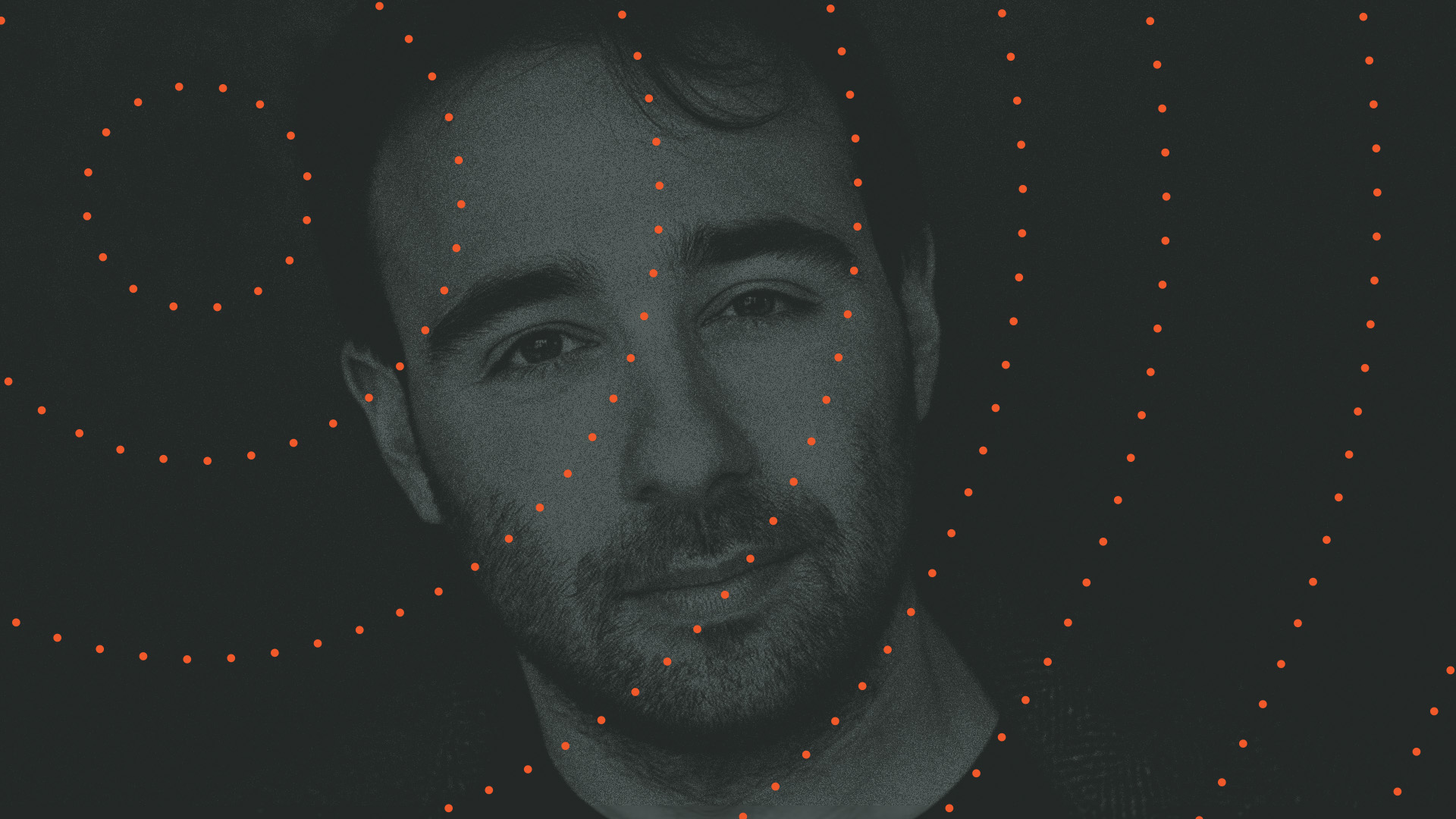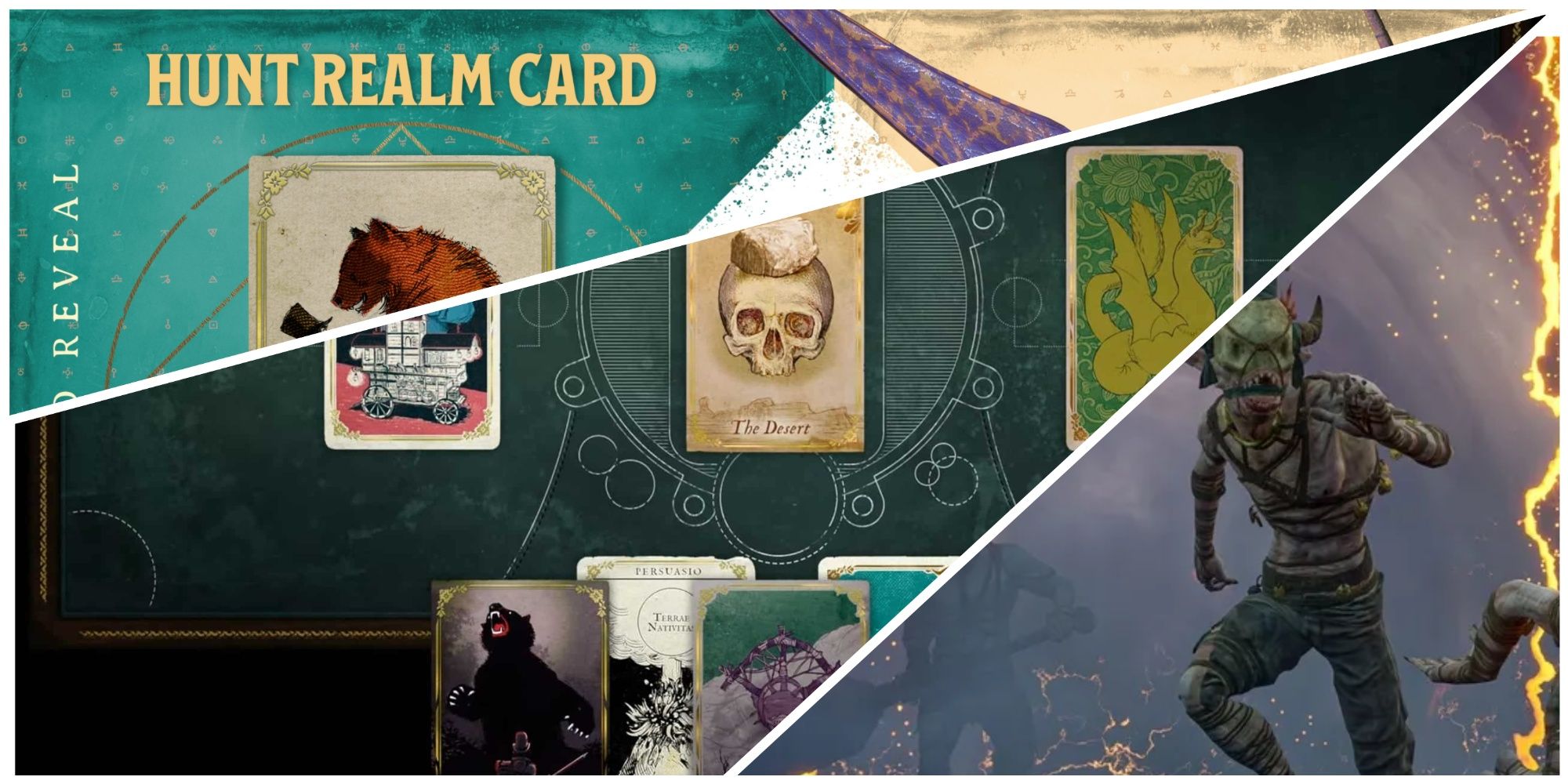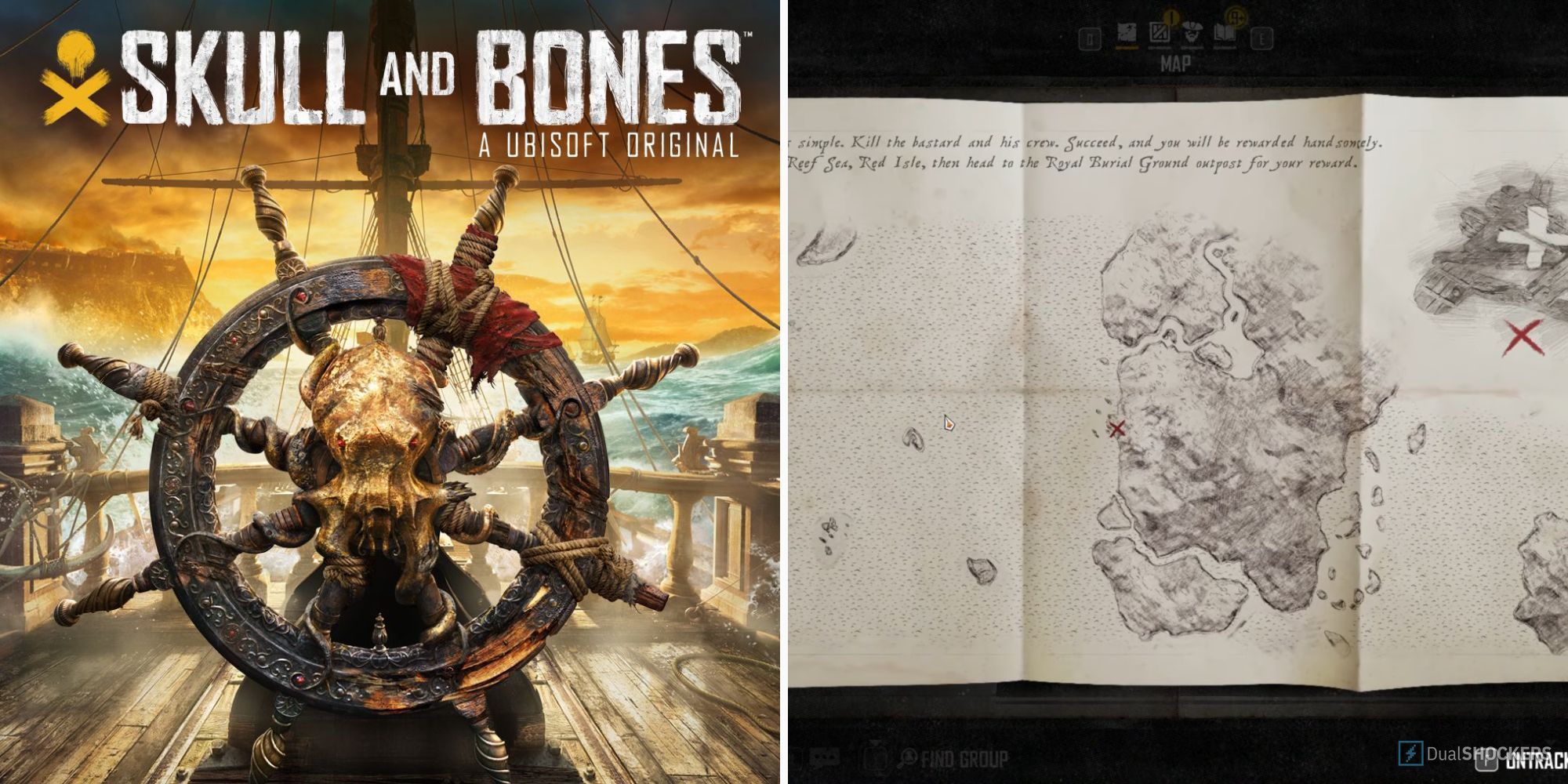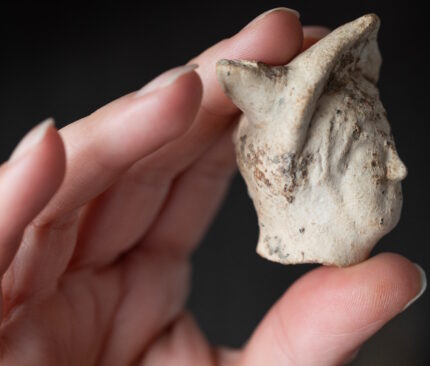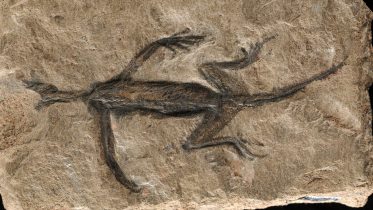
www.thegospelcoalition.org
How Identity Becomes a Trap
Back in 2010‚ you had to search the corners of a campus to find the identity synthesis—an account of social power according to various identity groups. A decade later‚ the identity synthesis had become the dominant ideology of countless foundations and corporations‚ not to mention colleges‚ universities‚ and the Democratic Party. The takeover of elite culture was complete before you might have even noticed it was happening.
Yascha Mounk tells this story in his new book‚ The Identity Trap: A Story of Ideas and Power in Our Time (Penguin Press). Mounk is a professor of the practice of international affairs at Johns Hopkins University and a contributing editor at The Atlantic. He sees in the next decade a battle of ideas and power with enormous consequences. He writes‚ “What is at stake is no more or less than the basic rules‚ principles‚ and background assumptions that will structure our societies in the coming decades.”
According to Mounk‚ the identity synthesis threatens our stability‚ solidarity‚ and social justice. It’s a trap. He explains it this way:Â
The lure that attracts so many people to the identity synthesis is a desire to overcome persistent injustices and create a society of genuine equals. But the likely outcome of implementing this ideology is a society in which an unremitting emphasis on our differences pits rigid identity groups against each other in a zero-sum battle for resources and recognition—a society in which all of us are‚ whether we want to or not‚ forced to define ourselves by the groups into which we happen to be born.
I appreciate how Mounk explains you’re not woke if you say minority groups are sometimes treated unfairly and that we should fight against such injustice in our society. He shows how in left-leaning institutions‚ it became nearly impossible to criticize the identity synthesis without being accused of supporting Donald Trump.
These debates have likewise roiled churches in the last decade. And that’s why I wanted to interview Mounk to give an outsider’s perspective that could add light to all the heat in disagreements among Christians. He joined me on Gospelbound to discuss free speech‚ the October 7 attacks‚ why he speaks out from inside elite culture‚ and more. We also debated whether Christianity is necessary to uphold universal values such as human rights.
